
Ushio Inc. (Head office: Tokyo; President and Chief Executive Officer: Koji Naito, hereinafter "Ushio") and a group of researchers led by Masaki Tanito, professor and Kazunobu Sugihara, assistant professor in the Department of Ophthalmology in Shimane University's Faculty of Medicine observed and researched the safety of 222nm Far UV-C on the eye and also conducted an experiment on its effect on the inactivation of microorganisms. No acute or chronic adverse effects impacting the eyes were found. The experiment researching microorganism inactivation showed 90% bacterial inactivation of Staphylococcus aureus and 99% bacterial inactivation of φX174 phages. These results were published in Photochemistry and Photobiology on September 8, 2022.
■Details of research and experiment
・Observation and research on the safety of 222nm Far UV-C on the eye
Before and after installation of a unit equipped with Ushio’s Care222 filtered far UV-C disinfection technology, researchers checked for ultraviolet ray-induced eye problems in the healthcare professionals regularly working at a clinic over a one-year period. The results showed no acute or chronic adverse effects.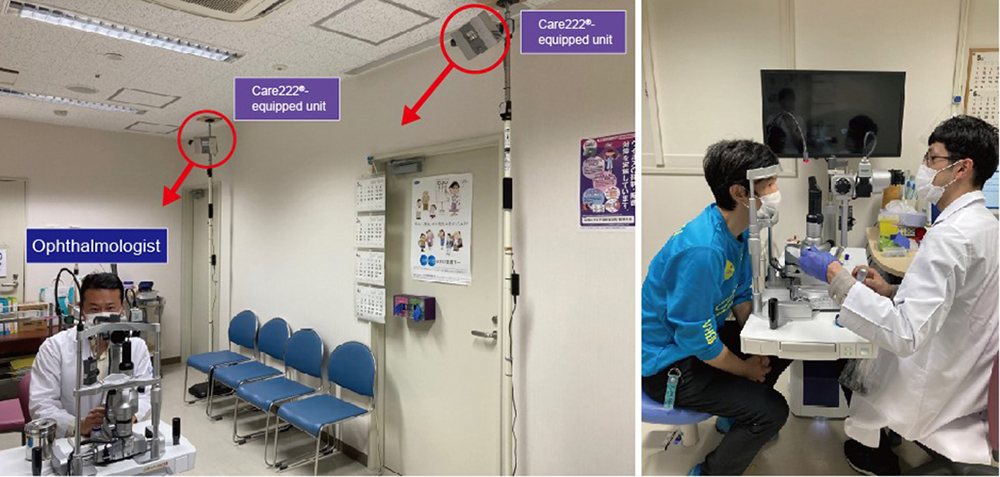
Figure 1. Ophthalmologic outpatient clinic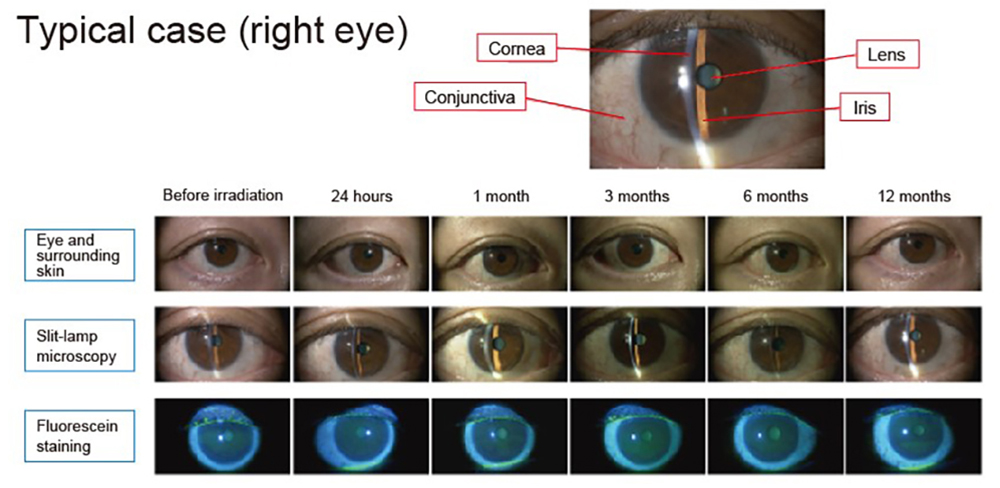
Figure 2. Typical case
Table 1. Findings
・Microorganism inactivation experiment
Microorganism inactivation tests were conducted at the clinic where the observation and research was performed. The results showed 90% bacterial inactivation of Staphylococcus aureus and 99% inactivation of φX174 phages.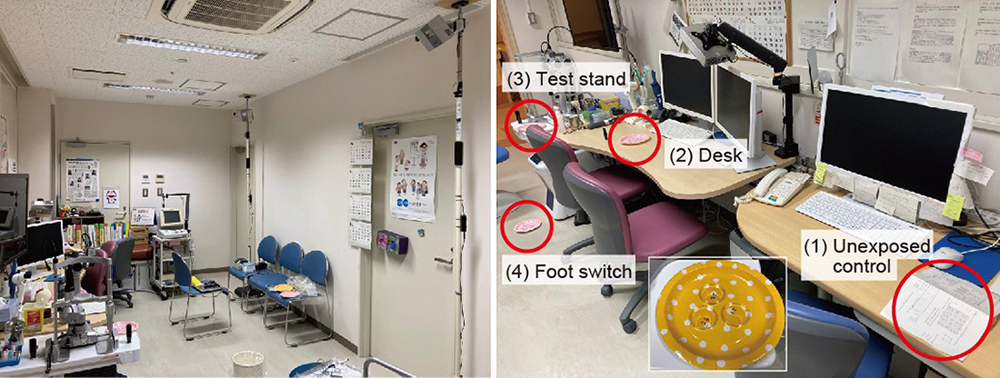
Figure 3. Far UV-C irradiation at 222nm to check the microorganism inactivation effect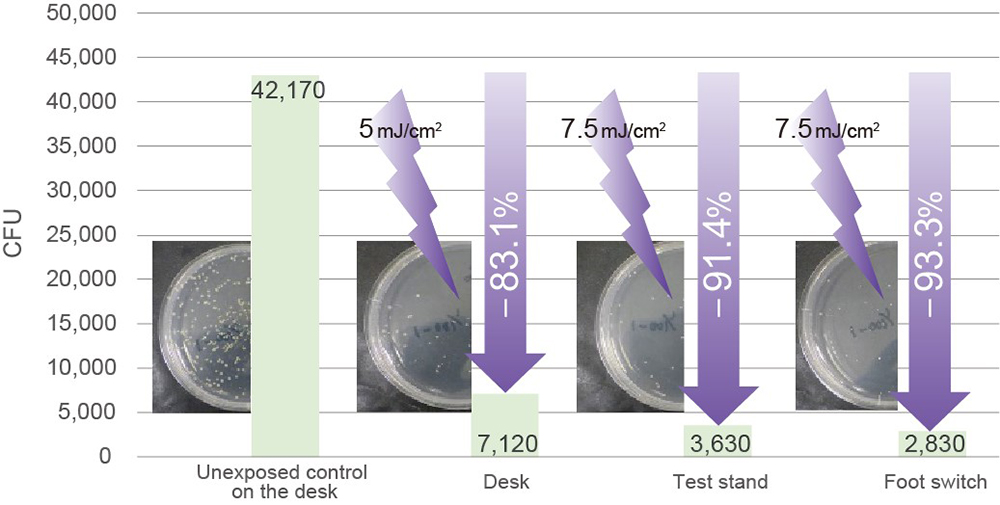
Figure 4. Far UV-C irradiation at 222nm to check microorganism inactivation effect (results of Staphylococcus aureus culture)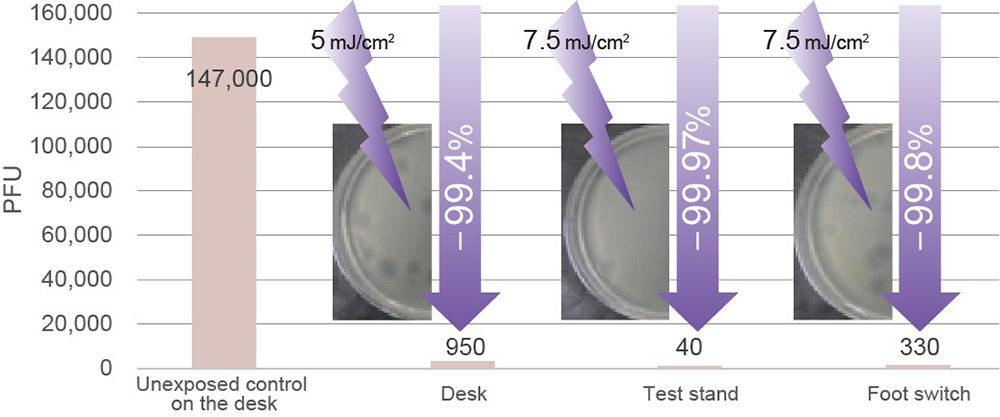
Figure 5. Far UV-C irradiation at 222nm to check microorganism inactivation effect (results of φX174 phage culture)
The results showed no effect on the eyes or facial skin of humans and showed that microorganisms would be effectively inactivated under the irradiation conditions equivalent to or below the 22mJ/cm2 recommended before 2022 by the ACGIH, the international safety standard for 222nm (threshold limit value, hereinafter “TLV”).1
Ushio collaborated with domestic and international research institutions on the research, and confirmed the safety of 222nm irradiation in regards to acute and chronic disorders in the skin and eyes. In the field of ophthalmology, Ushio will continue to work with Shimane University to conduct more detailed research. We will also continue to contribute to the establishment of a secure and safe society using light, in the pursuit of antiviral measures at medical institutions, social welfare facilities, aircraft, passenger ships, and other spaces; and the commercialization of filtered far UV-C technology with a focus on its application in medical devices.
1 ACGIH (American Conference of Governmental Industrial Hygienists) recommends the threshold limit value (TLV) regarding acute disorder from ultraviolet radiation. Based on the ACGIH's TLV recommendation, international standards established in different regions (IEC, UL, JIS) specify acceptable amounts of ultraviolet rays, including 222nm.
■References
About the paper published in Photochemistry and Photobiology
・ Information about the paper
Title: “One-year ocular safety observation of workers and estimations of microorganism inactivation efficacy in the room irradiated with 222-nm far ultraviolet-C lamps.”
Authors: Kazunobu Sugihara, Sachiko Kaidzu, Masahiro Sasaki, Sho Ichioka, Yuji Takayanagi, Hiroshi Shimizu, Ichiya Sano, Katsunori Hara and Masaki Tanito
Journal: Photochemistry and Photobiology. 2022, currently being printed
[Key points]
A unit equipped with Ushio’s Care222 filtered far UV-C disinfection technology was placed in an outpatient clinic. By combining an excimer lamp with a peak wavelength of 222nm and a special optical filter, Care222 eliminates wavelengths of 230nm and higher that have a negative effect on human skin and eyes. The far UV-C dosage was set in a way that it would not exceed the TLV for 222nm of 22mJ/cm2 recommended by ACGIH before 2022, even if a person spent eight hours in the room..
・Six physicians, who see patients at the clinic (average duration of stay in the clinic per week: 6.7 hours), were observed. No acute adverse effects (e.g. corneal erosion, conjunctival hyperemia and eyelid skin erythema) or chronic adverse effect (e.g. pterygium, cataracts, and eyelid tumors) were found throughout the one-year observation period. Additionally, no change in eyesight, refractive diopter power, or change in corneal endothelial cell density was found.
・Bacteria and phages placed on the desk, test stand, and floor of the same clinic were irradiated with 222nm Far UV-C (5 - 7.5 mJ/cm2). It was found that more than 99% of φX174 phages and more than 90% of Staphylococcus aureus were inactivated.
・It was determined that the effect of the irradiation on human eyes and skin would be very small even in an setting where 222nm Far UV-C could inactivate bacteria and viruses.
[Details]
Extensively applied in ultraviolet sterilization, 254nm UV-C is effective against bacteria and viruses, but it is hazardous to human skin and eyes and may induce erythema or keratitis, even in small doses. Animal experiments have shown that 222nm Far UV-C is safe for the eyes and skin, so it may also be applicable for occupied indoor ultraviolet irradiation which can inactivate bacteria and viruses under conditions that are safe for humans. However, no reports on the long-term safety of 222nm Far UV-C in humans have been submitted, so researchers checked long-term eye safety in relation to antibacterial and antiviral effect in an occupied indoor environment which was undergoing irradiation with 222nm Far UV-C.
・Observation and research on eye safety
Two Care222-equipped units were placed near the ceiling of the ophthalmologic outpatient clinic so that the test table between the doctor and the patient would be irradiated. The irradiation dosage was set in a way that the TLV (22mJ/cm2, recommended by ACGIH before 2022) would not be exceeded, even if eight hours were spent in the room per day. Six ophthalmologists who see patients in the clinic had an eye test before the start of irradiation, on the day following the start of irradiation, and again, one, three, six, and twelve months after the start of irradiation. Best-corrected visual acuity of both eyes, spherical equivalent refraction dioptric power, findings from slit-lamp examination (corneal erosion score, conjunctival hyperemia score, presence or absence of pterygium or cataract, and changes in eyelid skin), corneal endothelial cell density, subjective symptoms, and other adverse effects were investigated and recorded. The average duration of the doctors' stay in the clinic during the year was 6.7 hours per week. From prospective observation, neither acute adverse effects (e.g. corneal erosion, conjunctival hyperemia, and eyelid skin erythema) nor chronic adverse effects (e.g. pterygium, cataract, and eyelid tumor) were found. No changes in eyesight, refractive error, or corneal endothelial cell density were found.
・Microorganism inactivation experiment using indoor ultraviolet irradiation
A microorganism inactivation experiment was also conducted in the same clinic. The experiment involved the use of Staphylococcus aureus (NBRC 12732), φX174 phage (NBRC 103405), and E.coli with φX174 phage host (NBRC 13998). A plastic plate with physiological saline solution with Staphylococcus aureus at 104 CFU (colony forming unit), or φX174 phage at 105 PFU (plaque forming unit)suspended, was placed on the desk, test table, and floor in the clinic. With an irradiation dose ranging between 5 and 7.5 mJ/cm2, 222nm Far UV-C was applied from a unit near the ceiling equipped with Care222.
Samples were collected and cultured after irradiation, and the colonies and plaques were counted. The Staphylococcus aureus colony count was significantly smaller (p<0.0001) in the 222nm Far UV-C irradiation sample (2,830-7,120 CFU) than the control (42,170 CFU), and the rate of inactivation ranged between 83.1% and 93.3%. The plaque count of φX174 phage was significantly smaller (p<0.0001) in the 222nm Far UV-C irradiation sample (40-950 PFU) compared with the control (147,000 PFU), and the inactivation percentage ranged between 99.4% and 99.97%.
The above results suggest that irradiation with 222nm Far UV-C would not adversely affect human health, but would be highly effective in inactivating microorganisms, even in actual clinical environments. Further verification and discussion are desired in the future.
Shimane University
As a general university with six faculties and four graduate schools, Shimane University has a significant role in the development of human resources that are active in the local and international communities. It also serves as an intellectual hub for regional revitalization while striving to improve the university’s capabilities. In this way, the university is developing resources to enable it to coexist with the local community and shine across the world. The Next Generation Tatara Co-Creation Centre was established in 2018. By strengthening cooperation with the prefectural government of Shimane and companies involved in the field of metallic materials, the Centre aims to develop advanced human resources to lead the promotion of regional industries and to establish an R&D hub of the highest level.


